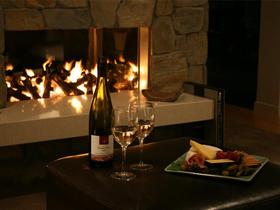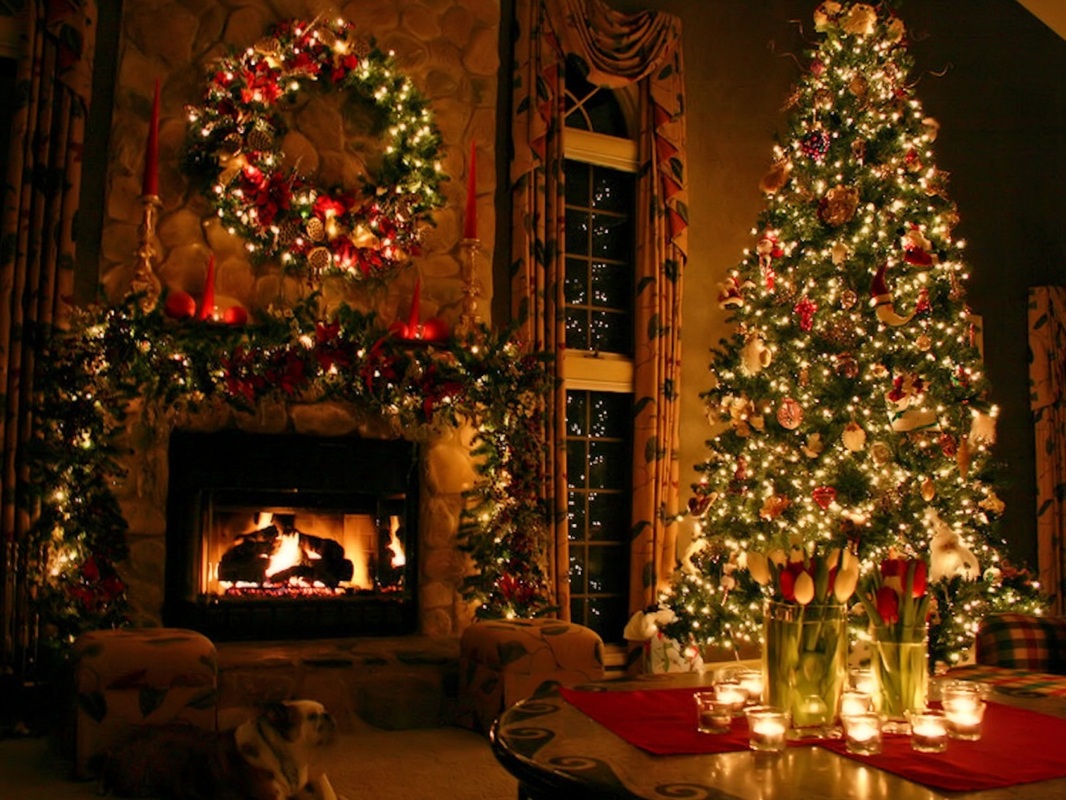
LIGHT AND TEMPERATURES
All too often does the everyday person forget the importance of “lighting” and it’s variations and how directly these degrees can affect our well being, moods and body temperatures.
What is also important to remember is that the light that we are surrounded by on a day to day basis in our interior spaces also works in sync with the seasons and temperatures of our surroundings.
Here is a little chart to scientifically display different forms of lighting and their relative temperatures.
Temperature
Source
1,700 K - Match flame, low pressure sodium lamps (LPS/SOX)
1,850 K - Candle flame, sunseT/sunrise
2,700–3,300 K - Incandescent lamps
3,000 K - Soft (or Warm) White compact fluorescent lamps
3,200 K - Studio lamps, photofloods, etc.
3,350 K - Studio "CP" light
4,100–4,150 K - Moonlight[2]
5,000 K - Horizon daylight
5,000 K - Tubular fluorescent lamps or
cool white/daylight compact fluorescent lamps (CFL)
5,500–6,000 K - Vertical daylight, electronic flash
6,200 K - Xenon short-arc lamp[3]
6,500 K - Daylight, overcast
6,500–10,500 K - LCD or CRT screen
15,000–27,000 K - Clear blue poleward sky
These temperatures are merely characteristic;
considerable variation may be present.
lighting
“For lighting building interiors, it is often important to take into account the color temperature of illumination. For example, a warmer (i.e., lower color temperature) light is often used in public areas to promote relaxation, while a cooler (higher color temperature) light is used to enhance concentration in offices. “
So, now that the snow has fallen, the colors have cooled down, it’s time for us to boost up the warmth within our interior spaces.
Bring in the REDS(fire), bring in the browns(earth) and add in some greens(life) and light up a candle to welcome warmth for the next few months of the quiet indoor season.
Happy winter season to all and welcome Christmas and its colors of life.
All too often does the everyday person forget the importance of “lighting” and it’s variations and how directly these degrees can affect our well being, moods and body temperatures.
What is also important to remember is that the light that we are surrounded by on a day to day basis in our interior spaces also works in sync with the seasons and temperatures of our surroundings.
Here is a little chart to scientifically display different forms of lighting and their relative temperatures.
Temperature
Source
1,700 K - Match flame, low pressure sodium lamps (LPS/SOX)
1,850 K - Candle flame, sunseT/sunrise
2,700–3,300 K - Incandescent lamps
3,000 K - Soft (or Warm) White compact fluorescent lamps
3,200 K - Studio lamps, photofloods, etc.
3,350 K - Studio "CP" light
4,100–4,150 K - Moonlight[2]
5,000 K - Horizon daylight
5,000 K - Tubular fluorescent lamps or
cool white/daylight compact fluorescent lamps (CFL)
5,500–6,000 K - Vertical daylight, electronic flash
6,200 K - Xenon short-arc lamp[3]
6,500 K - Daylight, overcast
6,500–10,500 K - LCD or CRT screen
15,000–27,000 K - Clear blue poleward sky
These temperatures are merely characteristic;
considerable variation may be present.
lighting
“For lighting building interiors, it is often important to take into account the color temperature of illumination. For example, a warmer (i.e., lower color temperature) light is often used in public areas to promote relaxation, while a cooler (higher color temperature) light is used to enhance concentration in offices. “
So, now that the snow has fallen, the colors have cooled down, it’s time for us to boost up the warmth within our interior spaces.
Bring in the REDS(fire), bring in the browns(earth) and add in some greens(life) and light up a candle to welcome warmth for the next few months of the quiet indoor season.
Happy winter season to all and welcome Christmas and its colors of life.
